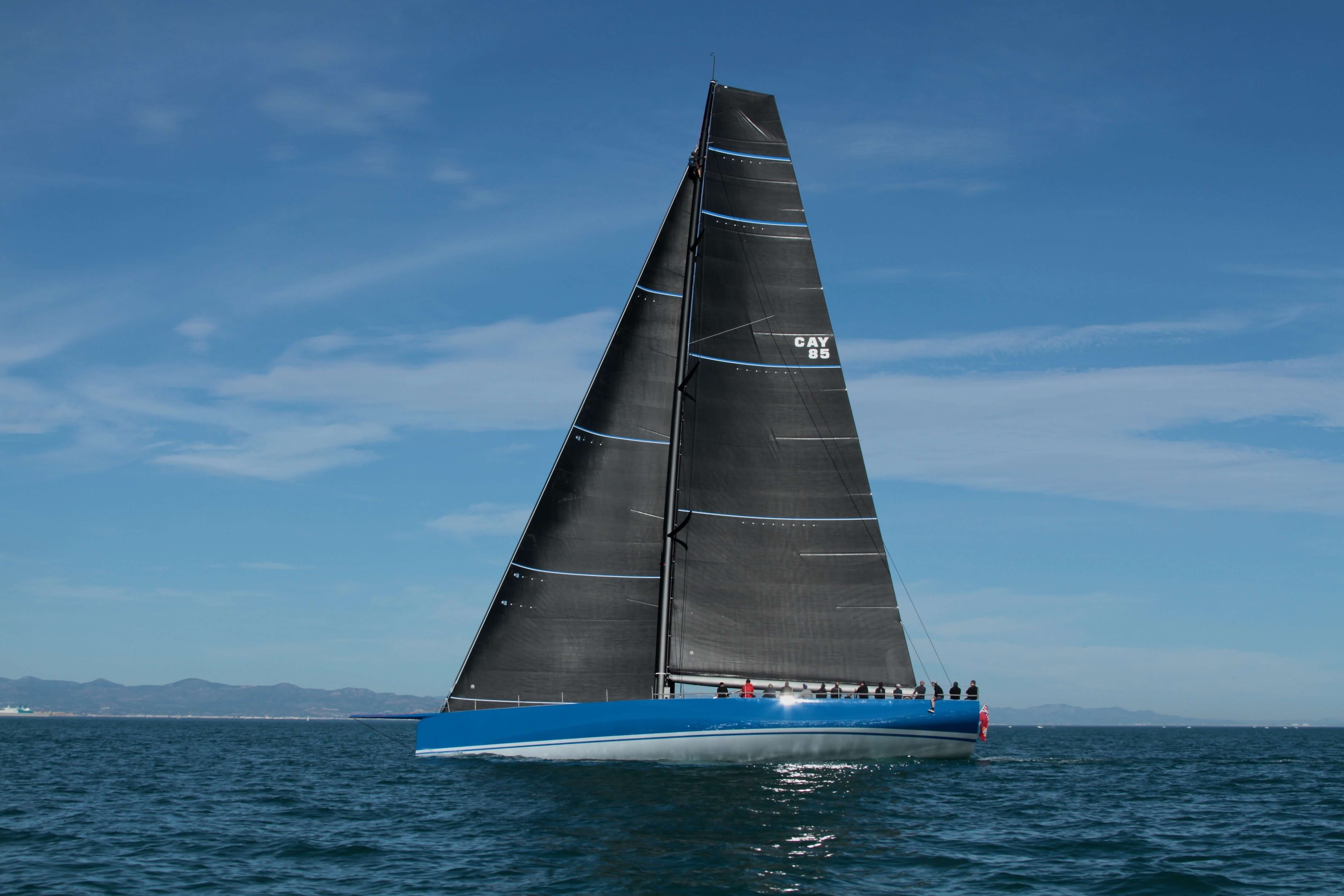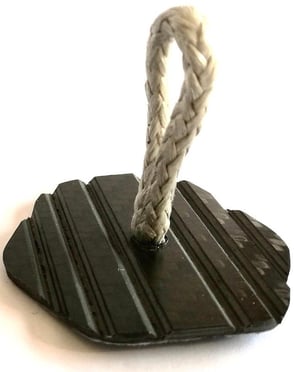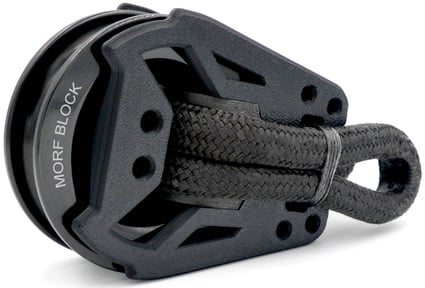
Image Credit: Botin Partners 85 (2020), via Morfrac Systems
Deck hardware has come full circle. Now, designers favour simple designs that make use of high-performance materials over complex concepts. We spoke to Nicolas Goldenberg of Morfrac Systems, the mind behind the disruptive morfblock, about the evolution of deck hardware and his predictions for the future.
‘Deck hardware is shaped by the materials, skills and production methods available at the time,’ Nicolas says. ‘Take a pulley, for example. Thousands of years ago, pulleys started off as a piece of wood with a hole in it. To create a purchase, a line would be run through that fixed piece of wood.’
Whilst effective, this design produced a lot of friction. Subsequent engineering advancements attempted to counteract this with the introduction of sheaves or plain bearings, which made the block spin more easily. Later, wood fittings, sheaves and bearings were replaced with metal in a bid to combat the friction.
However, as production methods evolved and the hunt for better performance and lower friction increased, ‘deck hardware designs became more complex and the products on the market became over-engineered,' Nicolas says.
Yet, in the last 10-15 years, we have been witnessing the opposite. Advancements in material science and the creation of high-tech materials have enabled the marine industry to redesign and rethink pieces of deck hardware.
Designs have become simpler without losing performance, falling back on fool proof concepts from thousands of years ago. Consequently, these designs are light, reliable and durable, and contain fewer moving parts for repair or maintenance, with additional load alignment benefits.
The aforementioned scientific progress facilitated the break-through of high-performance composite fabrics such as Dyneema®, that have transformed the rope industry. Now, composite ropes are stronger than traditional materials and can provide equal strength at decreased diameter and weight. Additional high-tech braided covers, fibre treatments and coatings offer subtle but hugely important variations, either adding additional strength or altering friction to better suit the application, e.g. to improve grip in cutches or around winches.
In addition to the shift towards soft solutions, the resin revolution has innovated hardware products that make use of resin glue, such as stick-on padeyes, originally designed as multi-use, non-structural attachment points for the inside of the boat. ‘I think the use of these will continue on the outside of the boat, as they will be able to take more load in the future and will reduce the need to drill holes or use metal fasteners,’ Nicolas says.
 Image: LOOP Products Flexi Stick-On Padeye
Image: LOOP Products Flexi Stick-On Padeye
‘Today’s boats have less metal fittings, classic blocks & clutches, and more lashings, thimbles, soft-padeyes, constrictors & light-weight blocks,' Nicolas says. ‘We have come full circle. High-tech materials have enabled us to get back to basics and realise the benefits of simple lightweight designs developed by riggers a thousand years ago!’
‘Take our morfblock, for instance. It is made of just four elements: a soft loop, a metal sheave, 3D-printed body and plain bearing. Simplicity and cutting-edge technology merged in a product that would have been unimaginable few years back.'
So, what does Nicolas believe will be the next big change in deck hardware?
‘I believe the next big industry shift on the horizon is 3D printing. In the future, we will be able to manufacture complex composite parts very precisely and that will create many opportunities. In terms of hardware, I think that we will see always more composite fabrics on board, followed by a waiting game for the next new “wonder material”, then we will have to learn how to simplify our hardware designs even further!’
If you have any questions about MORF blocks, please feel free to email us at support@upffront.com, or click the link below to see our full range:



